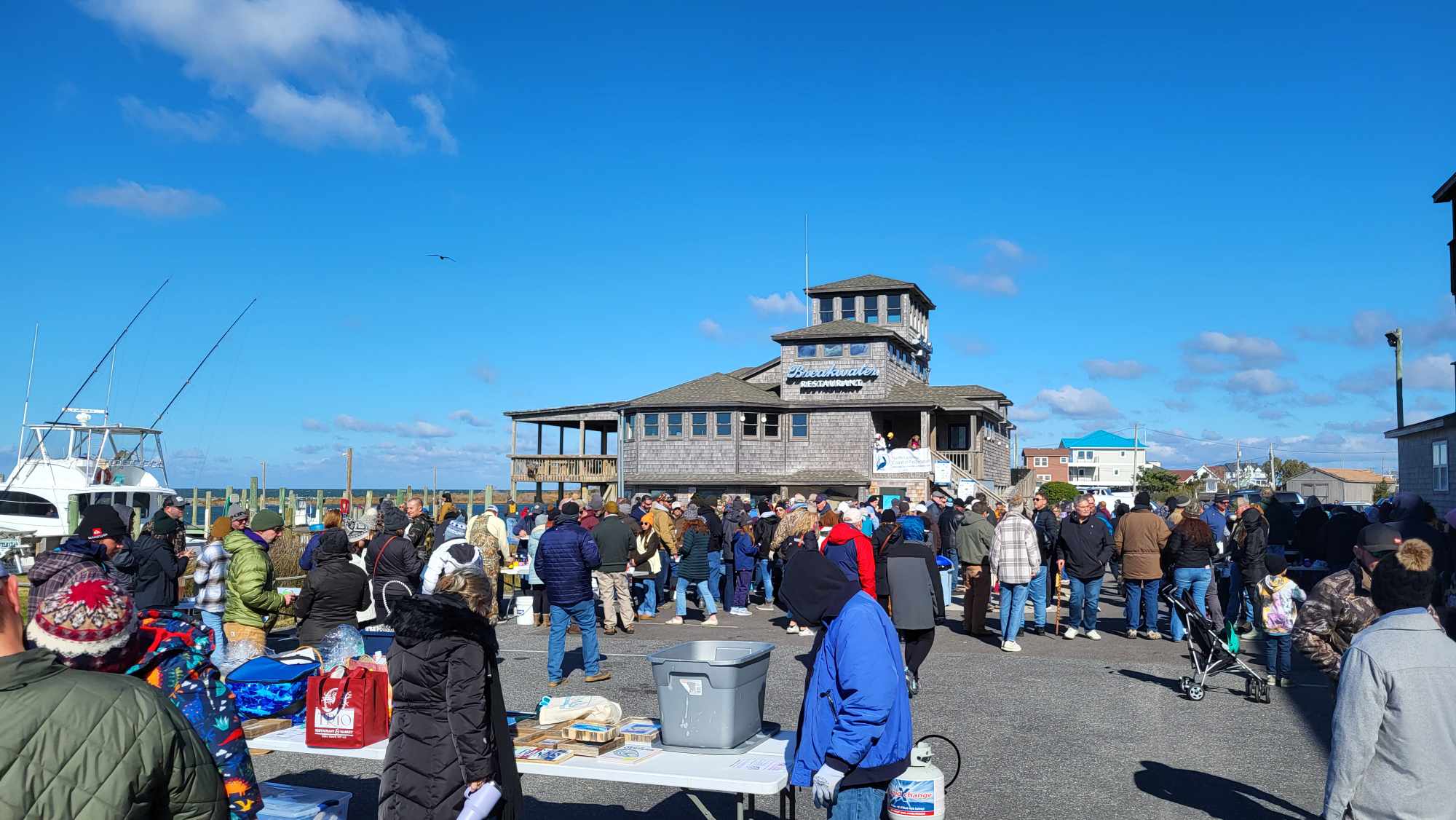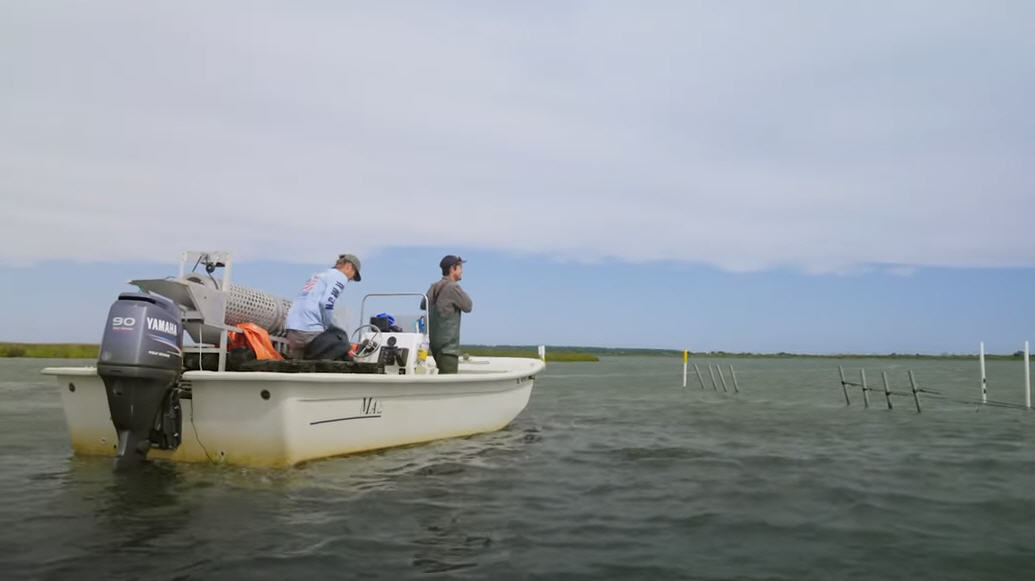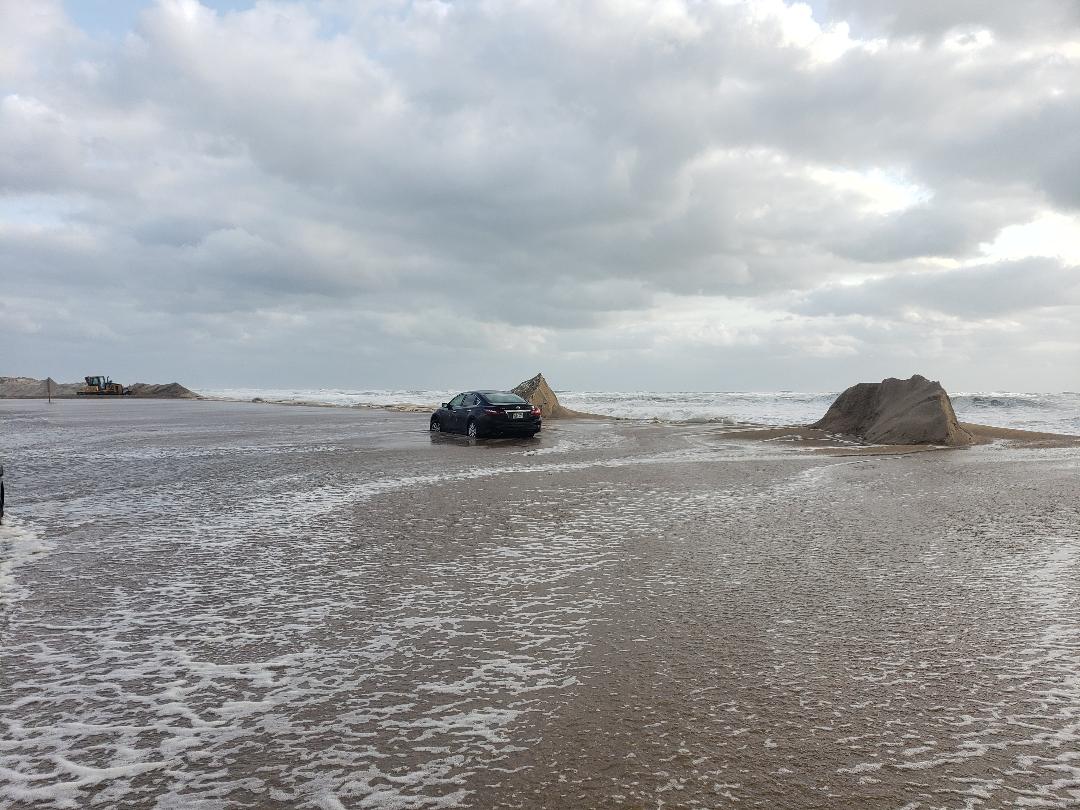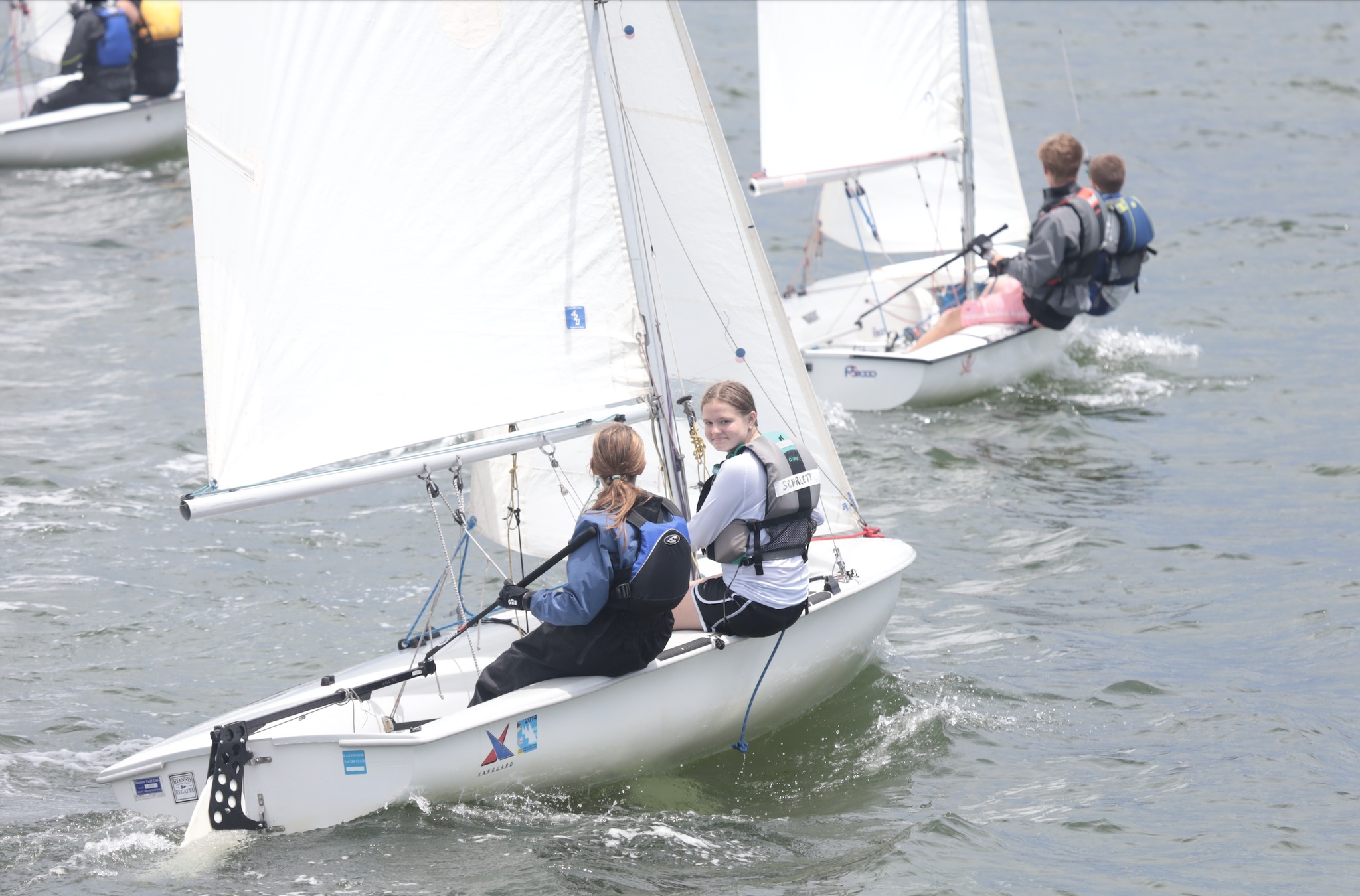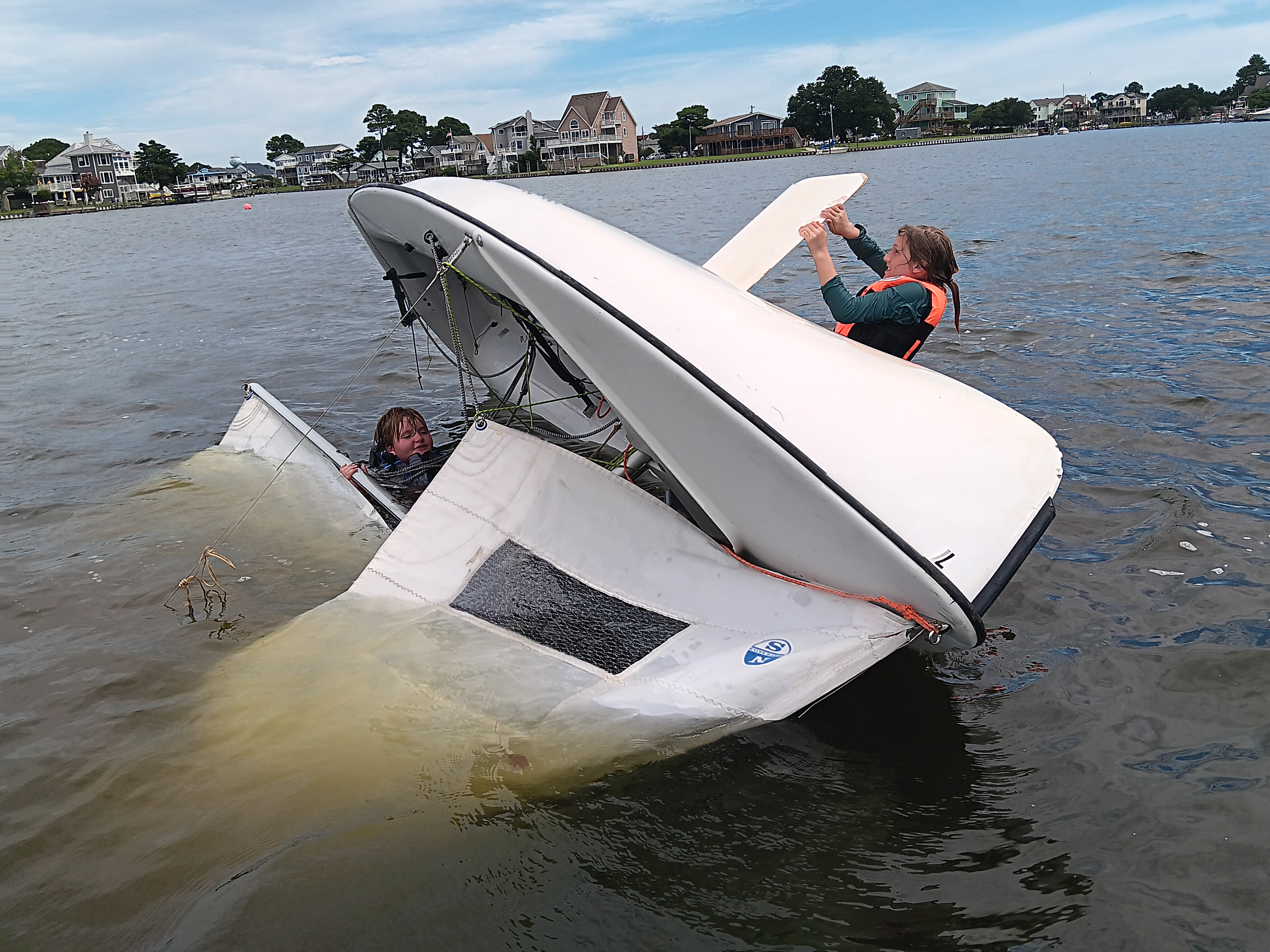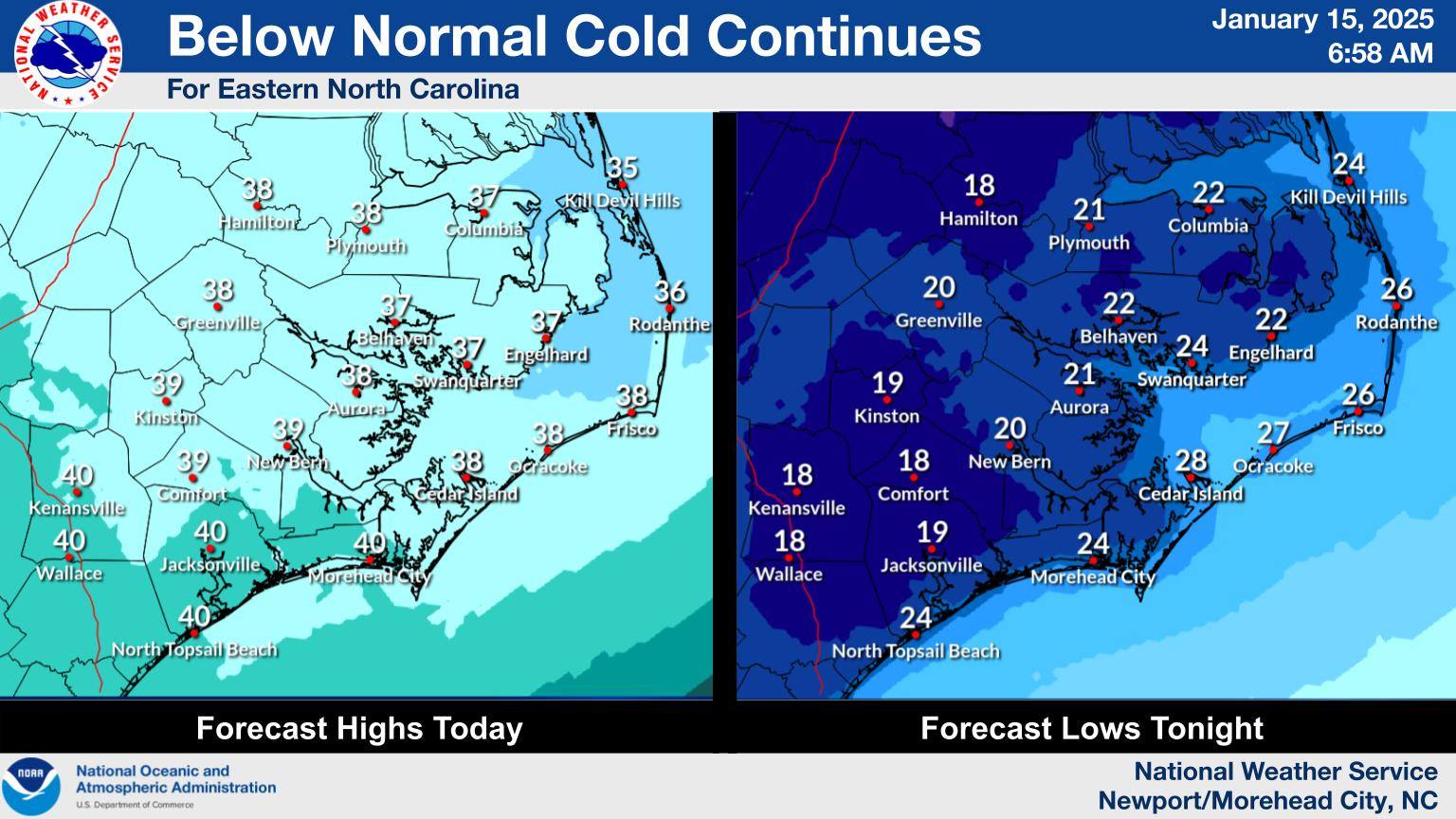Ballot requests in 2020 seven times higher than in 2016
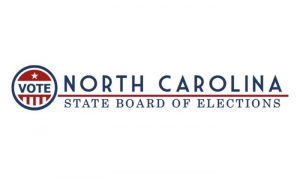 State Board of Elections
State Board of Elections
With more people expected to vote by mail during the COVID-19 pandemic, the North Carolina Board of Elections reported earlier this week that that through Sunday, Aug. 9, North Carolina voters had thus far submitted 163,374 requests for absentee by-mail ballots for the 2020 general election. That’s more than seven times as many as the 22,074 requests submitted by this the same time in 2016.
Here are some ABC’s about absentee by-mail voting.
Requesting a ballot:
Any registered voter in North Carolina may vote an absentee ballot by mail. The deadline to request a ballot for the November election is 5 p.m. October 27, 2020. Ballots will start being sent to voters who request them on September 4.
To request an absentee ballot, fill out a 2020 State Absentee Ballot Request Form, available for download at NCSBE.gov, or pick one up at your county board of elections office. The request form comes with detailed instructions and is available in Spanish.
Return the completed form to your county board of electionsby fax, email, mail, or in person. Starting September 1, 2020, voters will also be able to request a ballot using an online portal.
Completing the ballot:
For the 2020 general election, only one witness is required for an absentee ballot. The voter is required to mark the ballot in the presence of the witness. The witness should not observe so closely that they can see how the voter votes.
Any registered voter may request assistance from a Multipartisan Assistance Team (MAT). A MAT is a group appointed by a county board of elections to assist voters with mail-in absentee voting. To schedule a MAT visit, contact your county board of elections.
Returning the ballot:
For civilian absentee voters, the container-return envelope with the voted ballot enclosed must be returned to the county board of elections by 5 p.m. on Election Day. Absentee ballots received after 5 p.m. on Election Day will counted if they are postmarked on or before Election Day and received by mail no later than 5 p.m. November 6, three days after the election.
Absentee by mail voting security:
Numerous safeguards are ingrained in the absentee voting process. Absentee ballots are sent only to registered voters who request them using an official State Absentee Ballot Request Form.
The request must be signed and include identifying information about the voter, including date of birth and driver’s license number or last four digits of the voter’s Social Security number. Voters must vote their ballot in the presence of a witness, and that witness must sign the absentee return envelope certifying that the voter marked their ballot and is the registered voter submitting the marked ballot.
Only the voter or their near relative or legal guardian may return the ballot. Upon return, the county board of elections reviews the absentee envelope to ensure compliance with the legal requirements. Once the ballot is accepted, that voter is marked in the system as having voted in that election.
Data on who has requested absentee ballots is now confidential until Election Day. Criminal penalties have been increased for absentee voting fraud-related offenses. Many people are watching our absentee voting process, including candidates, political parties, county boards of elections, and political and data scientists. If there are anomalies or questionable activities, they will be reported to election officials.
Finally, the State Board of Elections has an Investigations Division that investigates credible allegations of elections fraud and refers cases to prosecutors when warranted by the evidence. The State Board also conducts several post-election audits which will catch inconsistencies that can then be investigated by the State Board Investigations Division.





